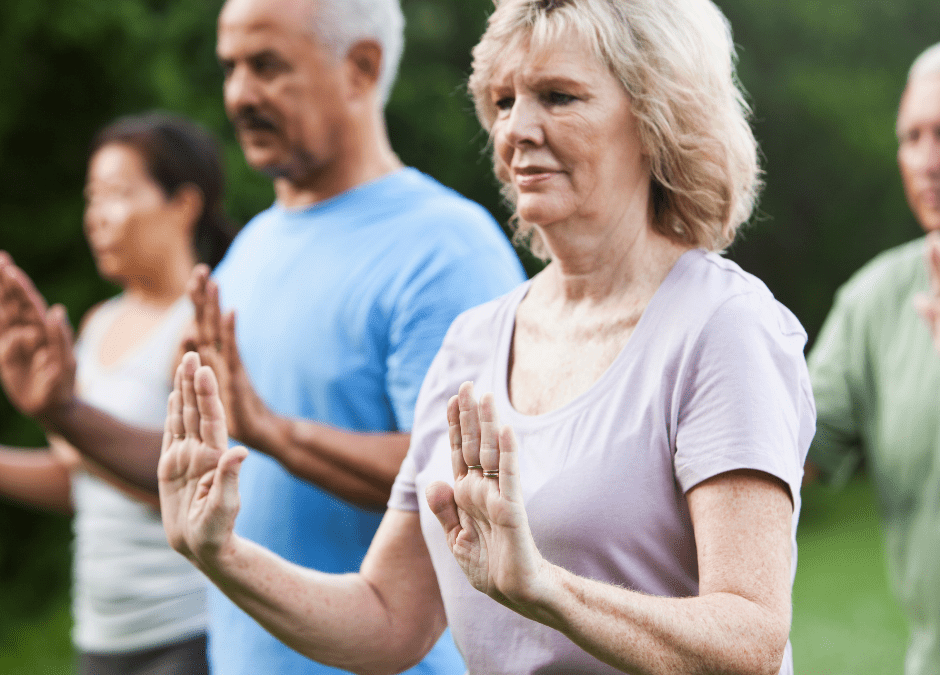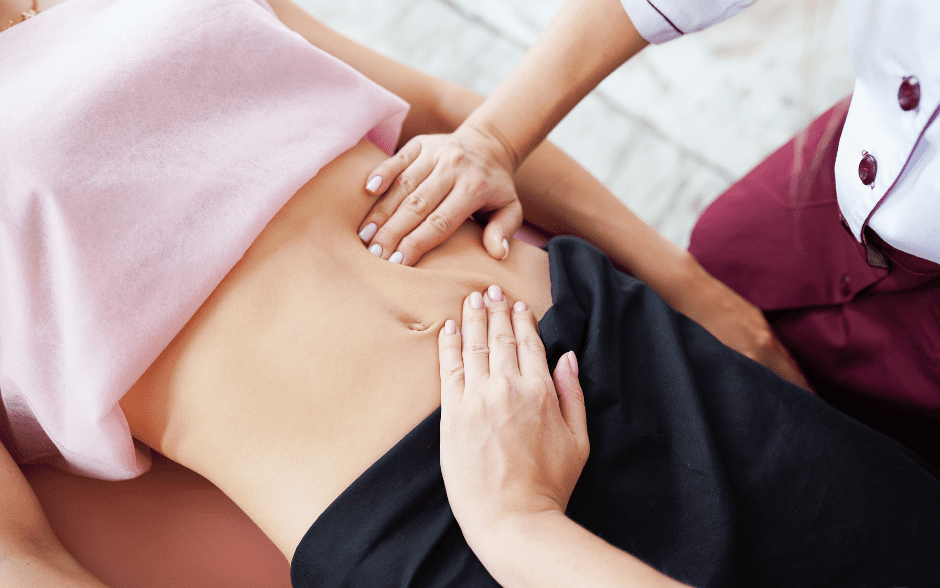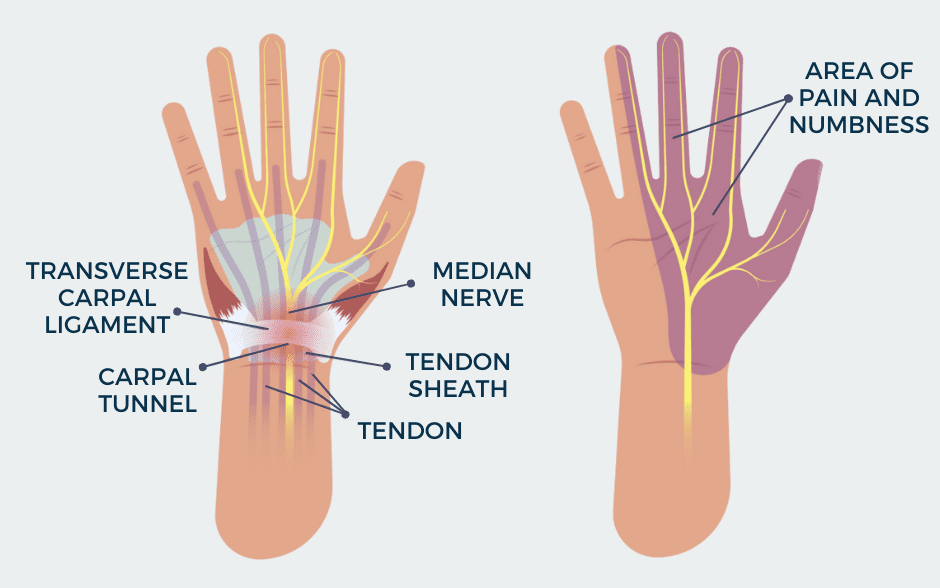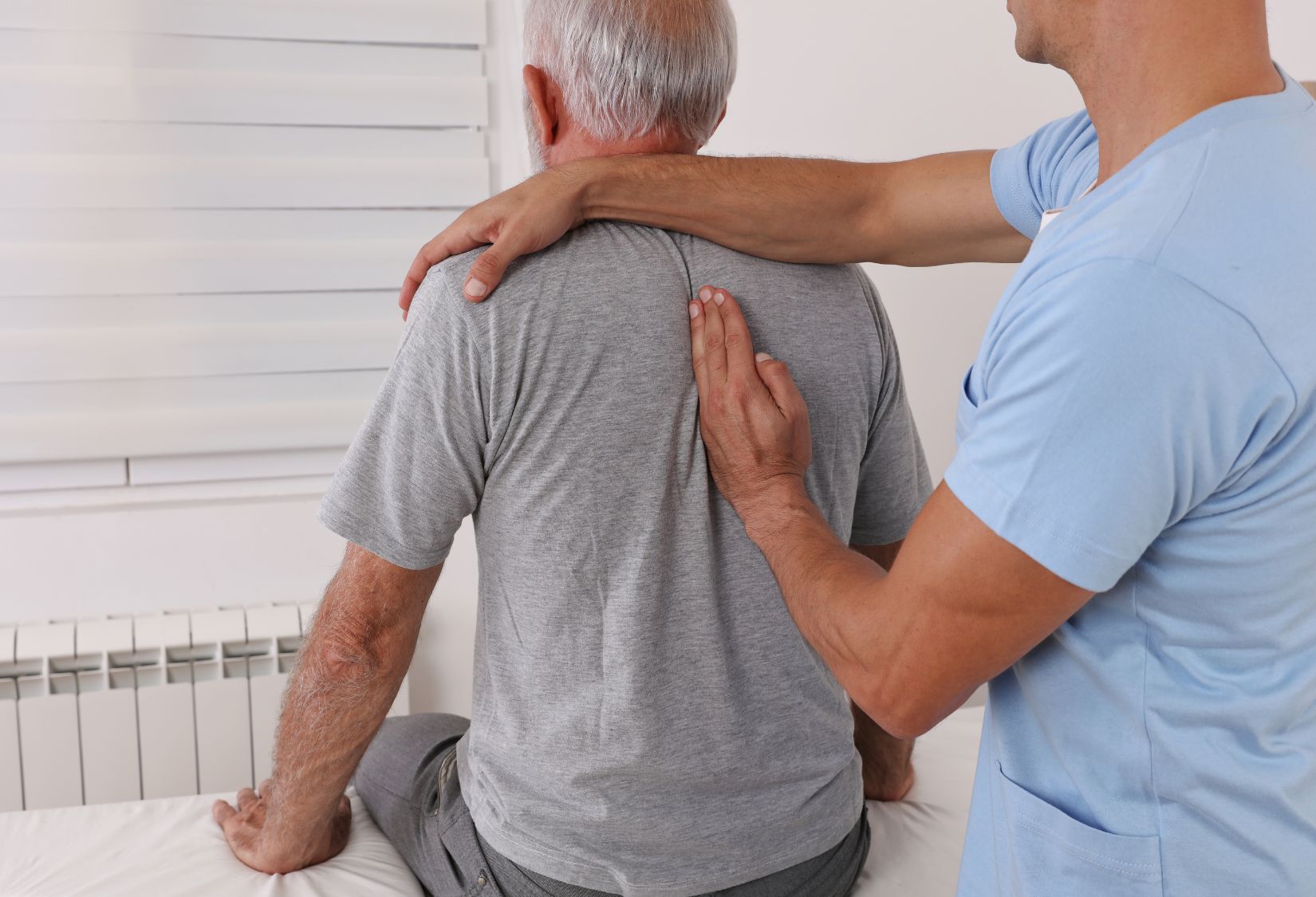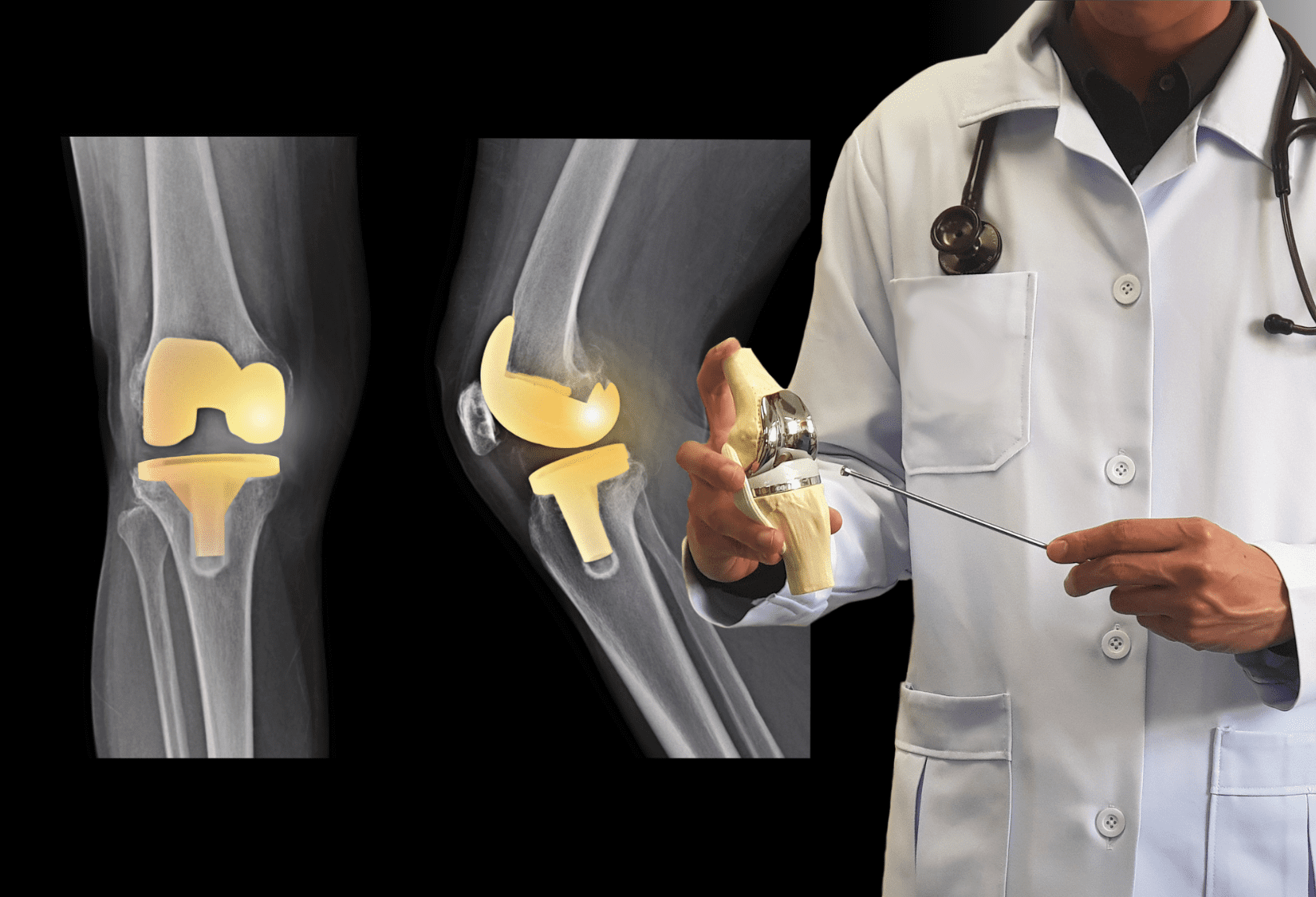Currently, Parkinson’s disease is incurable. No drug can stop the progression of the disease and make the symptoms vanish. Traditional medicine and pharmacology can help, but complementary and supportive therapies also provide a range of treatment options. They are particularly effective in the early phase of the disease, helping with everyday life without the need to take medication. In the later stages of the disease, they can also help to alleviate troublesome symptoms such as hand tremors, and problems with movement and balance.
Research demonstrates that exercise can have many benefits for people suffering from Parkinson’s disease. Doctors stress the particular benefits of yoga, dance, and tai chi. These activities combine a spiritual and physical element and therefore have a positive impact on mental health. Physicians emphasize that for Parkinson’s patients, caring for physical health should go hand in hand with a focus on mental health, as more than half of their patients suffer from depression and anxiety disorders. Practicing mindfulness can help alleviate and manage those problems. Studies also show that karate, Nordic walking, and swimming significantly improve motor skills, muscle flexibility, and coordination, helping patients stay fit longer, lead active lives, work, and enjoy their favorite hobbies.
LSVT BIG physical therapy for Parkinson’s disease
Pharmacological therapy is still the most effective way to slow the progression of the disease and relieve symptoms. However, it should always be accompanied by professional physical therapy, specifically designed for Parkinson’s disease, called LSVT BIG. Rehabilitation should be an ongoing process – firstly under the supervision of a trained specialist and, after treatment is complete, also at home, when the patient should do simple exercises prescribed by the therapist.
Since the greatest challenge for patients suffering from Parkinson’s disease is the decline in motor function, LSVT BIG aims to improve gait, and balance, and enhance whole-body movement. Treatment is tailored to each patient’s specific needs and goals, so it can help regardless of the stage or severity of the disease. Beginning physical therapy before significant balance, mobility, or posture problems develop often leads to the best results, but it’s never too late to start. LSVT BIG can bring significant improvement even in people who are struggling with major physical difficulties.
Tai chi
In 2012, the New England Journal of Medicine published a study showing the effectiveness of practicing Tai Chi in relieving some of the symptoms of Parkinson’s disease. The research involved 195 patients, randomly divided into 3 groups. One group met for a one-hour Tai Chi session twice a week, another group exercised with weights, and the third group did only stretching exercises. After six months of practicing, they found that the patients in the group that practiced Tai Chi had much less trouble with their balance – they fell twice less often compared to the other participants. Their muscles were more flexible, and they were able to lean further forward and backward without losing their balance or falling. Compared to the other study group members, their movements were smoother, and they were able to take longer steps when walking. Interestingly, the Tai Chi group also experienced less dyskinesia because the knowledge they gained from the exercises helped them control their body motions much better. The positive effects of practicing Tai Chi regularly lasted for three months after the study ended.
Yoga
Similar results have been reported in studies on the effects of yoga on Parkinson’s patients. According to the American Parkinson’s Disease Association, yoga is one of the most beneficial complementary therapies. It helps increase muscle flexibility, reduces muscle tension and associated pain, improves posture, visibly relieves tremors, and improves gait stability. It has a beneficial effect on mobility and reduces vulnerability to falls. The calming effect of yoga, on the other hand, by increasing the efficiency of the parasympathetic nervous system, reduces perceived stress, increases relaxation, and helps combat insomnia.
Mindfulness training
It is estimated that up to 50% of people with Parkinson’s disease suffer from depression, while 31% have anxiety and sleep disorders. Patients worry about the future, and the impact of the disease on their daily functioning, and their family’s life. One of the methods to relieve constant stress is mindfulness training. Research shows that it benefits both mental and physical health. It relieves pain, minimizes tension, increases concentration, and improves mood. Mindfulness helps focus on the here and now, without looking ahead and worrying about what will happen. Patients can have more control over the impact their thoughts, feelings, and symptoms have on their lives. In addition to alleviating stress, anxiety, and depression, mindfulness training can teach self-compassion, acceptance, and patience.
Alexander Technique
The Alexander Technique, a method based on gentle exercises designed to eliminate excess tension and stiffness, manage psychosomatic symptoms, and develop a relaxed posture, provides additional benefits. In one study, the Alexander Technique was found to be more effective than a massage in patients with Parkinson’s disease – after 24 sessions, they experienced relief from their symptoms and improved mental well-being.
The importance of diet
Why does the Asian subcontinent appear to have a lower prevalence of neurodegenerative diseases? Researchers link this to the regular consumption of vegetables, fruits, and spices by its population. An unhealthy lifestyle appears to be the primary cause of the accelerating progression of Parkinson’s and Alzheimer’s disease, in addition to still unidentified genetic factors and an aging population.
Diet is particularly important in preventing and minimizing the symptoms of this disease. Several food components contain active substances that protect our neurons from degeneration. Studies confirm that the way we eat influences the condition of our brain and our psychomotor skills. A diet rich in fresh vegetables, fruit, and olive oil – as close as possible to a Mediterranean one – reduces the risk of disease. Such products should be the basis of our diet, replacing fatty meats and dairy products. High levels of arachidonic acid, present especially in lamb liver, meat, and eggs, can even double the risk of Parkinson’s disease. Also, an excess of dairy products such as milk, butter, and cheese raises the risk of Parkinson’s – only slightly in women but almost double in men.
According to studies, the therapies we use depend on our geographic location. Americans are more likely to use vitamins, nutritional supplements, and herbal medicine, while Europeans rely more heavily on rehabilitation and massage, as well as meditation techniques and exercise. But regardless of the supportive therapies, scientists remain clear – a comprehensive, holistic approach is extremely important in treating Parkinson’s disease. Alternative, complementary treatments can be used at any stage of the disease, helping to combat not only the physical symptoms but also the negative effects of the disease on mental well-being.

